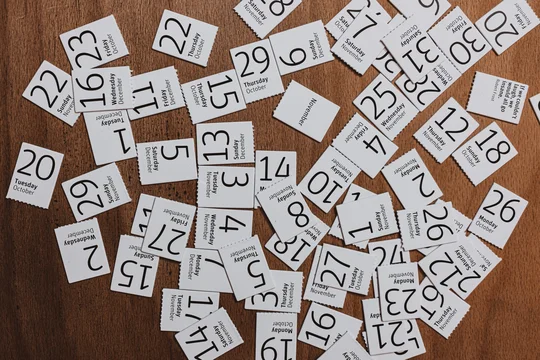
Yesterday, Judge Andrews granted two motions to dismiss willfulness allegations for a failure to allege knowledge. The orders are short and sweet, and provide some examples of the kinds of allegations that are not sufficient to allege knowledge of the asserted patent in support of a willfulness claim.
First, in New Directions Technology Consulting, LLC v. Abbott Laboratories Inc., C.A. No. 25-506-RGA (D. Del.), the Court granted the willfulness portion of a motion to dismiss in just three sentences:
The motion to dismiss the willfulness allegations is GRANTED. Alleging that employees of Defendants attended a 2016 presentation on the topic of "Benefits of IP Partnering for Drug Delivery Telemanagement" provides no factual basis for an allegation of willfulness. Nor does the allegation that in 2021 an online article "Patents are Important for Smart Healthcare Products"-- described the patents and that Defendants subscribe to the online publication.
New Directions Technology Consulting, LLC v. Abbott Laboratories Inc., C.A. No. 25-506-RGA, D.I. 18 (D. Del. Oct. 2, 2025).
This decision was quick, issuing less than two motions after the motion to dismiss, although it only addressed the motion in part. The Court referred the motion's remaining allegation re: § 101 to Magistrate Judge Tennyson.
The Court also issued an uncommonly ...








